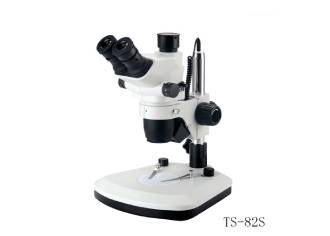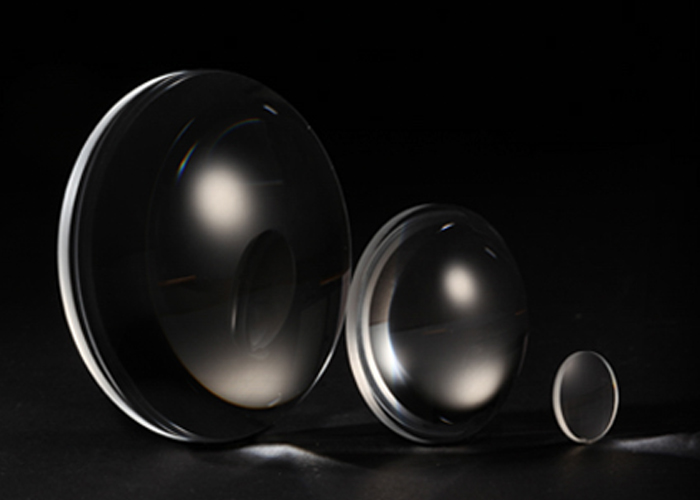
A stereo microscope is an optical tool used to photo an object onto the human eye or a video tool. The earliest microscopic lens, containing 2 elements, merely generated a bigger image of things under evaluation than what the human eye could observe. The layout has developed over the microscopic lense's background to currently integrate multiple lenses, filters, polarizers, beamsplitters, sensors, lighting resources, and also a host of other parts. To comprehend these complex optical tools, think about a microscope's components, essential principles and requirements, and also applications.
A substance microscope is one that contains numerous lens elements. It functions comparable to a basic magnifier which makes use of a single lens to magnify little things in order for the human eye to determine its information. With an easy magnifier, the object is placed within the focal length of the single lens. This produces a magnified, online picture. With a microscopic lense, a relay lens system replaces the solitary lens; an objective and also an eyepiece work in tandem to forecast the image of the things onto the eye, or a sensor-- depending upon the application. There are two parts to a microscope that enhance the overall system magnification: the purpose as well as the eyepiece. The purpose, situated closest to the object, relays an actual photo of the challenge the eyepiece. This part of the microscopic lens is needed to produce the base magnification. The eyepiece, located closest to the eye or sensing unit, jobs as well as multiplies this genuine photo as well as produces an online image of the things. Eyepieces generally create an added 10X magnification, however, this can vary from 1X-- 30X. Number 1 shows the parts of a substance microscopic lense. Additionally, Formula 1 demonstrates exactly how to determine the general system magnification.
Eyepieces
When microscopic lenses were first invented, eyepieces played a significant role in their layout considering that they were the only methods to actually see the object under evaluation. Today, analog or electronic cams are utilized to predict an image of the things onto a display or a display. Microscopic lense eyepieces generally consist of a field lens and an eye lens, though multiple styles exist that each creates a bigger field of vision than a solitary component design. For a basic guide on picking the appropriate design, sight Picking the Correct Eyepiece.
Illumination
Lighting within a microscope is just as important as choosing the proper eyepiece or objective. It is critical to pick the appropriate lighting in order to get one of the most definitive results. Prior to picking the sort of illumination arrangement to work with, think about the application configuration, the item under assessment, and desired outcomes.
Lots of microscopes use backlight lighting contrasted to traditional direct light lighting because the last typically over-saturates the object under inspection. A particular type of backlight illumination used in microscopy applications is Koehler lighting. In Koehler lighting, incident light from an illumination resource, such as a light bulb, floods the things under examination with light from behind (Figure 2). It employs 2 convex lenses: the collection agency lens and also the condenser lens. It is made to supply brilliant and even illumination on the object plane as well as on the image airplane where the photo produced from the goal is after that reimaged with the eyepiece. This is important due to the fact that it makes certain the individual is not imaging the filament of the light bulb. Since backlight illumination floodings the object with light from behind, it is also described as brightfield lighting.
Brightfield lighting requires a change in opacity throughout the things. Without this modification, the lighting creates a dark blue around the object. Completion outcome is a picture of family member contrast in between parts of the item and the light source. For the most part, unless the item is very transparent, the resulting image allows the user to see each part of the things with some clarity or resolution. In cases where things' transparency makes it hard to differentiate features utilizing brightfield illumination, darkfield illumination can be utilized.
With darkfield lighting, direct rays of light are not sent into the objective yet rather strike the things at an oblique angle. It is essential to bear in mind that these rays still illuminate the things in the object aircraft. The resultant darkfield lighting picture generates high contrast in between the clear object as well as the light. When made use of in a microscopy setup, darkfield illumination produces a light that develops an upside-down cone of light obstructing the main rays of light however still enabling the oblique rays to light the object. Figure 3 illustrates an example darkfield illumination configuration where the hollow cone of light is the numerical aperture of the purpose. Comparative, no rays are blocked in a brightfield lighting setup. The layout of darkfield illumination forces the light to light up the item under inspection, however not to get in the optical system, making it better for a clear item.
The 3rd type of illumination used in microscopy is epi-Illumination. Epi-illumination produces light above the goal. As a result, the objective as well as epi-illumination source replacement for a Koehler illumination configuration. Using the goal for a huge section of the lighting makes epi-illumination very compact-- a major benefit of this style. Number 4 shows an epi-illumination setup which is made use of regularly in fluorescence applications. For additional information on fluorescence microscopy, sight Fluorophores, and Optical Filters for Fluorescence Microscopy.













